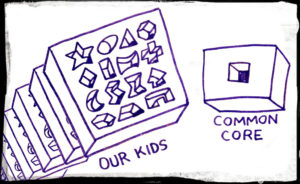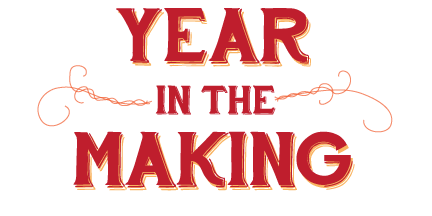
A1-
Making is deeply connected to these!
A2-
I validate making as application of skills/objectives learned via the curriculum. For example: second graders study electrical circuits (spirals to fourth grade where the create series and parallel)–a maker project I include is for teams of four students to create a house with working lights. This is an application of circuitry knowledge. I would love to give you more examples and ways to incorporate making as it relates to maker ed–please feel free to contact me directly. rebeccaschnekser@capehenry.org
A3-
A4-
Have you heard of digital badges? They are awesome! Here are some resources for you:
A5-
One option, which we try to do on my campus, is to start with the powerful ideas and activities associated with making first (especially the ones that we think lend themselves to a specific content area), then find the particular connections to the standards. In the book Invent to Learn, there is an excellent section which describes a somewhat similar approach.
Another way that grade level teams on campus have tried this is to write-up a synopsis of a making activity, then, since they are compartmentalized, analyze the various knowledge/skills standards in each of his/her subject area, and create a document that lists these.
A6-
Each project is different in how and what it touches in the core instruction areas. We would have to have a set of consistent making activities to some grade level, but if we go too far…that defeats the purpose of making, especially in that we are trying to teach students about creativity and innovation through making.




0 Comments